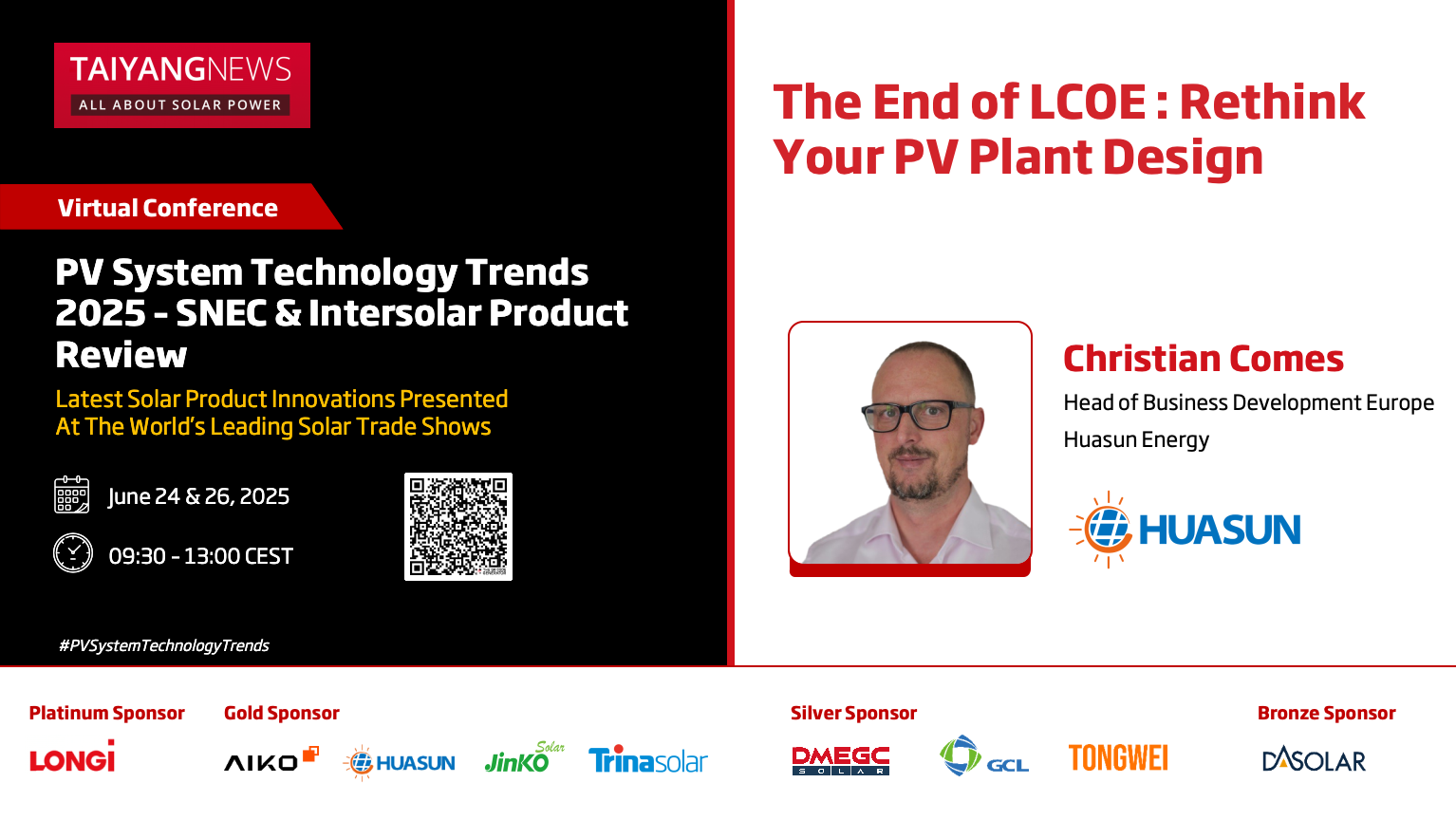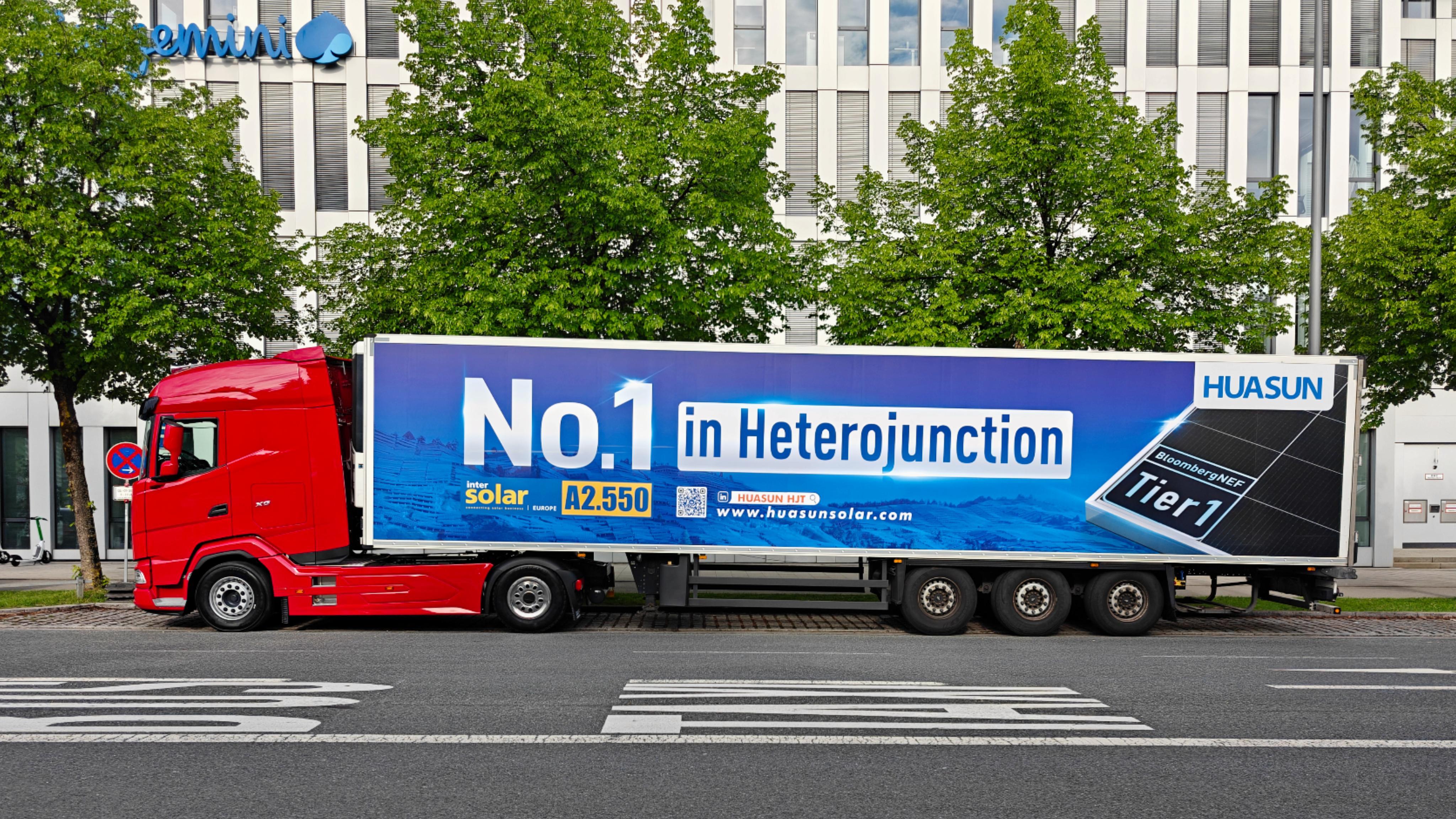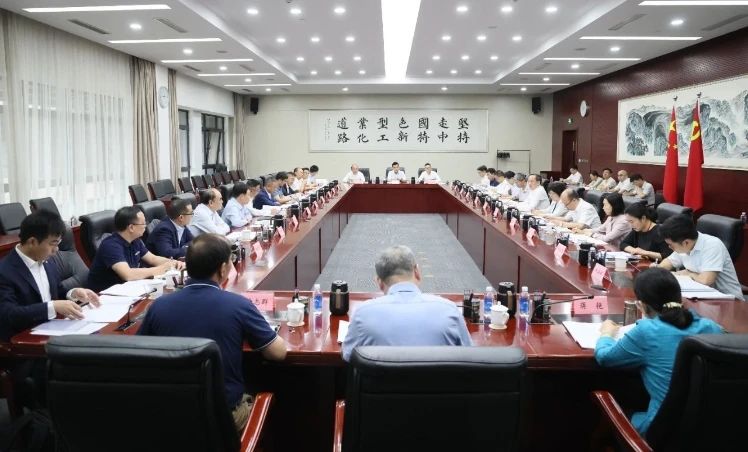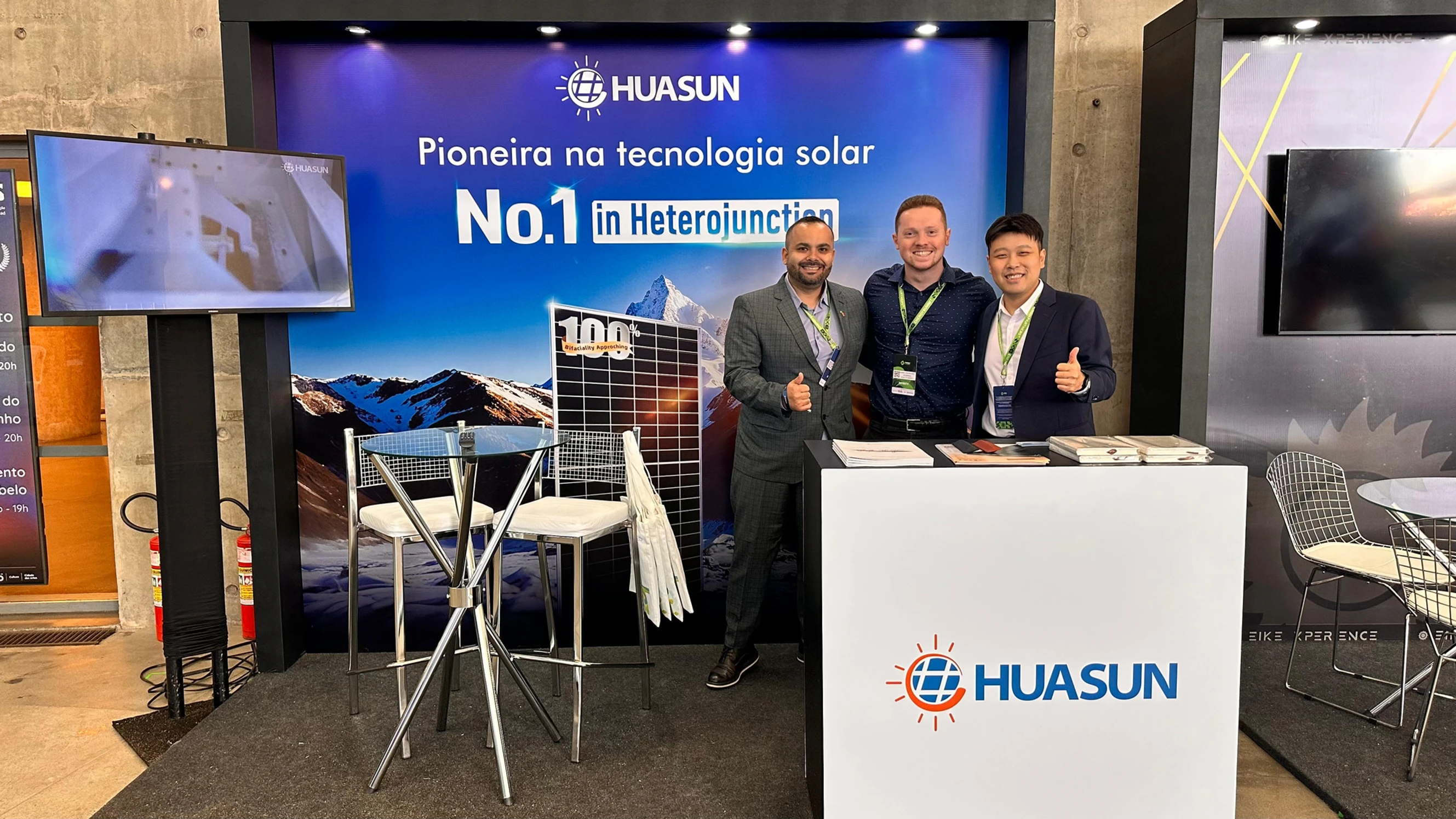HIGHLIGHTS

Huasun Powers Liqiao Fishery-Solar Hybrid Project with 25 MWp of High-Efficiency HJT Modules
2025-07-14
Blending clean energy with ecological farming, Huasun Energy has completed a 25 MWp high-efficiency heterojunction (HJT) module installation for the newly commissioned fishery-solar hybrid project in Liqiao Town, Xuancheng, Anhui Province, East China. Developed in partnership with Datang Xuancheng New Energy, the project reflects China’s growing push to align rural revitalization with its dual-carbon goals. As one of the key participants of the Liqiao Fish
Learn more



The End of LCOE: Rethink Your PV Plant Design with Huasun HJT Vertical Modules
2025-07-10
On June 26, the “Global PV System Technology Trends 2025” conference, hosted by TaiyangNews, concluded with insightful discussions on the future of solar energy. Christian Comes, Head of Business Development Europe at Huasun Energy, was invited to deliver a keynote titled “The End of LCOE: Rethink Your PV Plant Design.” Comes systematically addressed the potential limitations of profit models based solely on Levelized Cost of Energy (LCOE) for solar plants
Learn more



Huasun Wraps Up European Roadshow, Showcasing HJT Leadership and Vertical PV Innovation
2025-07-09
From April to June, Huasun brought its cutting-edge photovoltaic (PV) technology directly to the European market with a branded truck tour across Munich, Germany — spotlighting the company’s leadership in heterojunction (HJT) solar innovation. As a global leader in HJT technology, Huasun used the tour to spotlight its performance edge. One side of the truck carried a bold statement—“No.1 in Heterojunction”—supported by solid data: mass production of 730 W
Learn more


ALL
Select the year
ALL
2025
2024
2023
2022




Huasun Powers Liqiao Fishery-Solar Hybrid Project with 25 MWp of High-Efficiency HJT Modules
2025/07/14


The End of LCOE: Rethink Your PV Plant Design with Huasun HJT Vertical Modules
2025/07/10


Huasun Wraps Up European Roadshow, Showcasing HJT Leadership and Vertical PV Innovation
2025/07/09


Huasun Energy Attends China’s Ministry-Led Talks to Boost High-quality Solar Growth
2025/07/08


Huasun Stays on Hurun Unicorn List for Third Year Amid Continuous HJT Breakthroughs
2025/07/03


Leading with Heterojunction: Huasun Presents High-Performance Solar Tech at Energy Summit 2025 in Brazil
2025/07/02






































